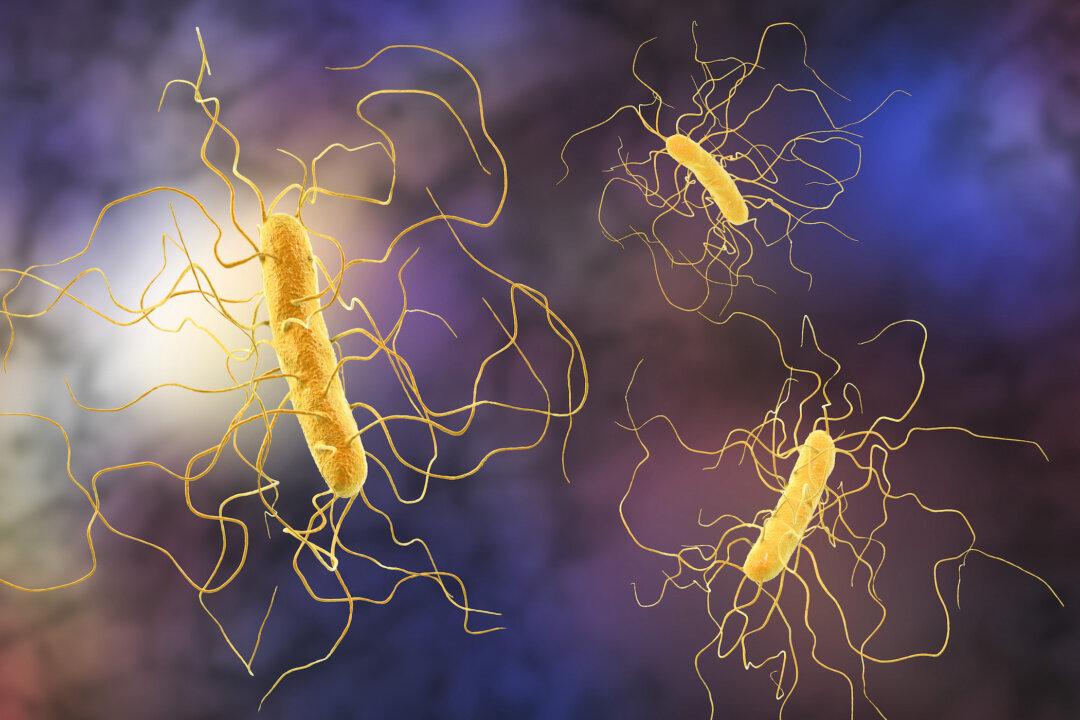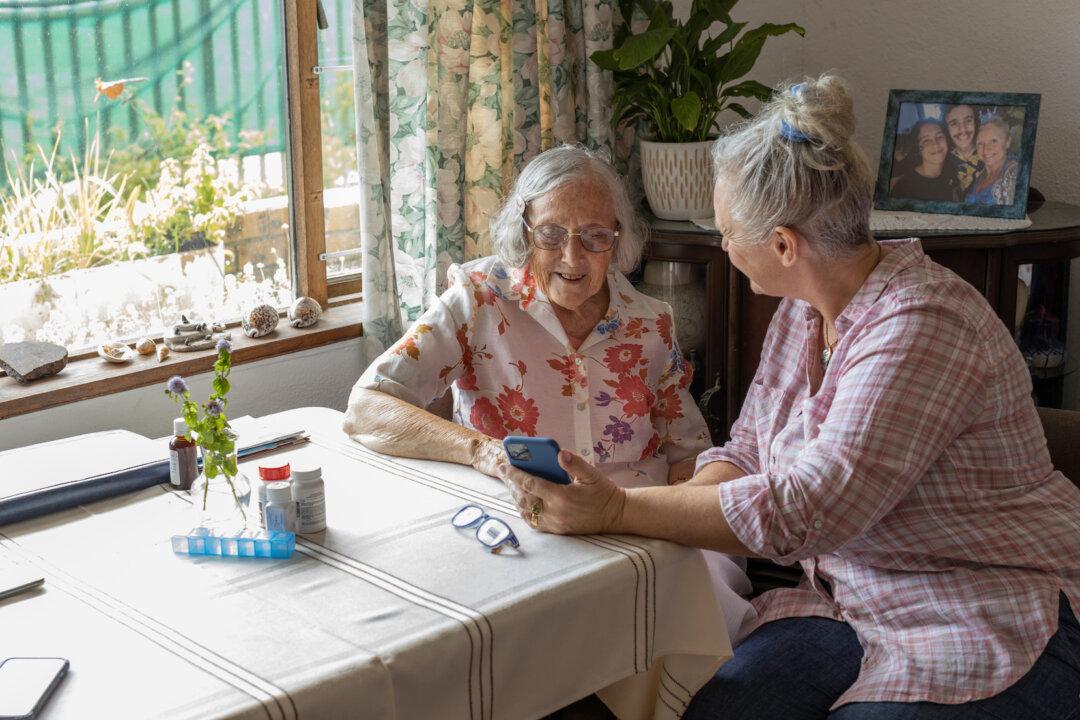During COVID-19 stay-at-home orders, more adults report using alcohol and drugs to cope with stress, researchers report.
More than 1 in 4 adults (28 percent) report using alcohol or drugs to feel better, according to a new study that tracked behaviors a week after the World Health Organization announced the pandemic in mid-March.





